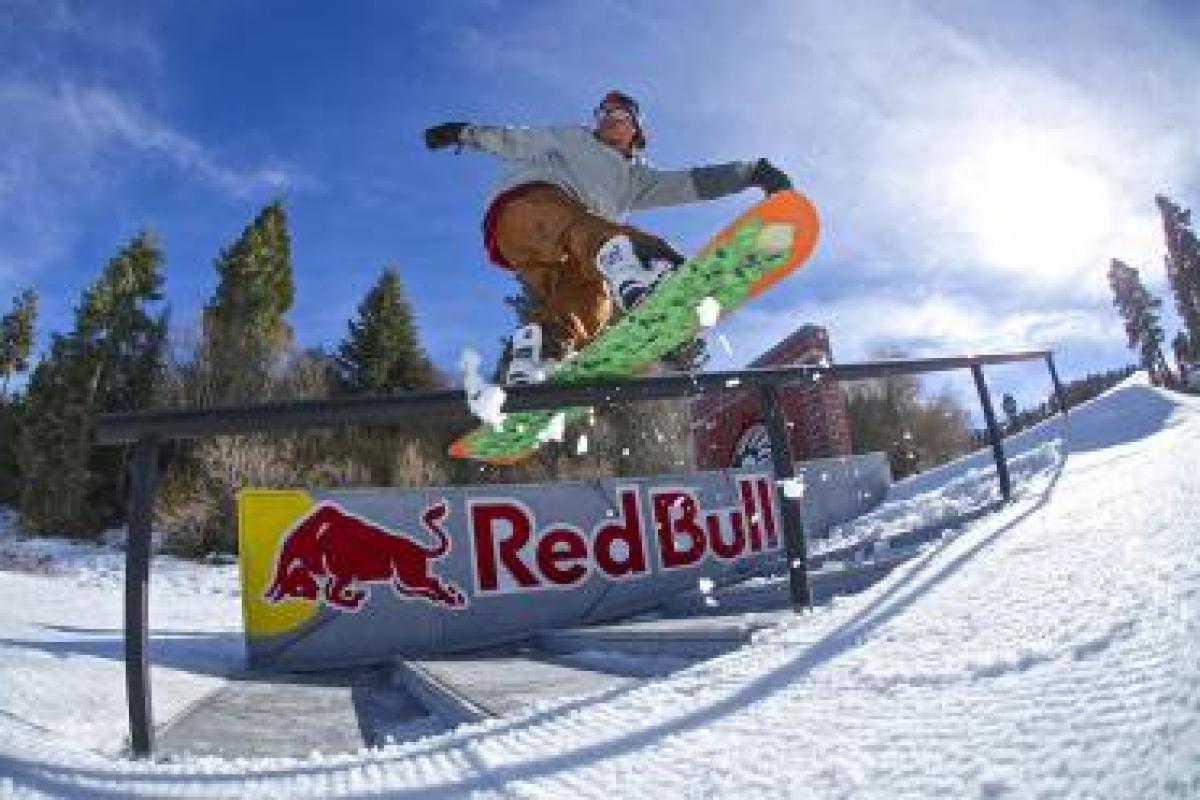The tremendous opportunities afforded by international sporting events means that brands are often fighting to come up top in this highly competitive arena. Ahmad Badr, Strategy Director at Siegel+Gale, outlines 5 points brands should be considering when developing their sponsorship strategies, highlighting how, much like athletes, it pays to play to your strengths.
Fit
Sponsorships have commercial and strategic objectives. Achieving sales at the end of the day is the goal of every business. However, risking brand perception and long-term success may be a bad compromise. Brands must therefore opt for associations that fit with their brand positioning and personality. Sporting events in general tend to attract a wide audience but fan-ship changes from one sport to another. Audiences of football, tennis and Formula One may overlap, but each category carries a distinct set of associations. Red Bull for example veers away from mainstream sports and rivals such as Coca Cola and Pepsi by using extreme sports instead to speak to audiences looking for high energy and adrenaline. Recently Red Bull took its “gives you wings” slogan to new heights, transforming space travel into a sport of its own, reinforcing its positioning and creating distinction along the way.
Relevance
Reach without relevance is a bad investment. Riding the wave of popular events to gain visibility will only take your brand so far. Messaging and content must be tailored to drive deeper engagement. Finding a rich idea that can help express your story across channels and touch points is paramount but uncovering a meaningful link between your brand and the sport is especially difficult for brands outside the sports category. Automotive and food brands, for example, must work harder to create a compelling link between their promise and the event. Cadbury and McDonalds learned a hard lesson at the London 2012 games by not being wholly aligned with ‘Olympic’ values of good health. Often brands get distracted by the hype and lose focus of what matters. In their ‘Thank you, Mom’ campaign, P&G created a direct connection to the Olympics by demonstrating a genuine purpose, highlighting the pivotal role mothers play in the upbringing of their athlete children.
Adaptability
Build a responsive content strategy. Drive the conversation rather than merely tagging along. Big sports events that have a wide spectatorship generate ‘buzz’ – a word we hate. Buzz, however, means people are engaged and have willingly surrendered their attention and energy to ‘live’ the games. The ‘live’ element means new and unexpected events control the buzz and conversation: there is a new story everyday. Without timely content and messaging, communication loses impact and relevance. One of the most buzz-worthy ads of the Super Bowl in the past wasn’t even a televised commercial, but a clever, reactive tweet. Oreo’s real-time response on Twitter during the Super Bowl blackout in 2013 represented a necessary transition for brands into becoming part-publishers, building focused newsrooms to produce live content.
Consistency & Continuity
Consistency builds memorability. Consumers tend to forget – that’s true, but fans of a certain game stick to it from one year to another. Brands must therefore create consistency across sponsorships over time. Association with a certain event over time brings benefits that impact brand perception and imagery. It may also bring risks and sometimes overexposure if not promoted properly. The risk rises when brands are opportunistic, picking and choosing events based on short-term returns. While it may be expensive for most brands to land a multi-year sponsorship deal, creating consistency over time can be achieved through unofficial endorsements and targeted activities. Heineken has been associated with Rugby World Cup for years now; creating the same success as it moves to F1 represents the challenge every brand goes through to build memorability through sponsorships.
Timing
Timing is everything. The lifecycle of the brand impacts the success of any joint branding exercise. Big sports events are sometimes associated with nations and movements that often leave little freedom for brands to manoeuvre around. The result is further dilution to the brand's voice and presence, especially when the brand is not yet established. This is why brands must seek the right level of endorsement to help them achieve their specific business objectives. Hyundai used the World Cup to gain visibility and drive its masstige positioning. However, the success of this sponsorship was coupled with a complete reinvention of the brand, from product design to communication. An investment in a similar sponsorship at a different point in time may have resulted in an unfavorable scenario for the brand.
With sponsorship exclusivity now a rarity and an exponential increase in the selection of viewing options for sporting events, a logo on a jersey isn’t going to cut it, nor is it going to provide the same ROI it once did. Finding new and different ways to stand out and engage consumers is no longer an option, but a necessity.
